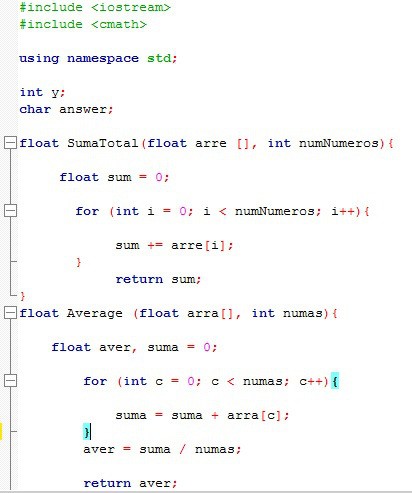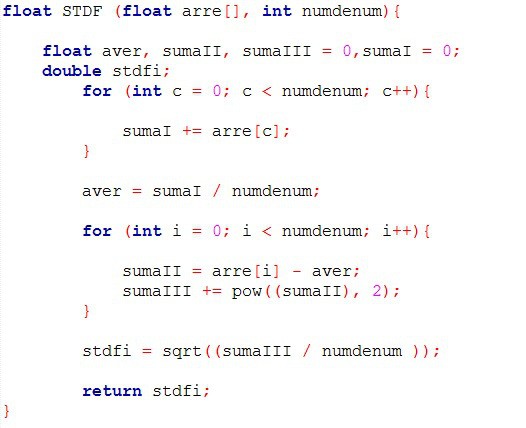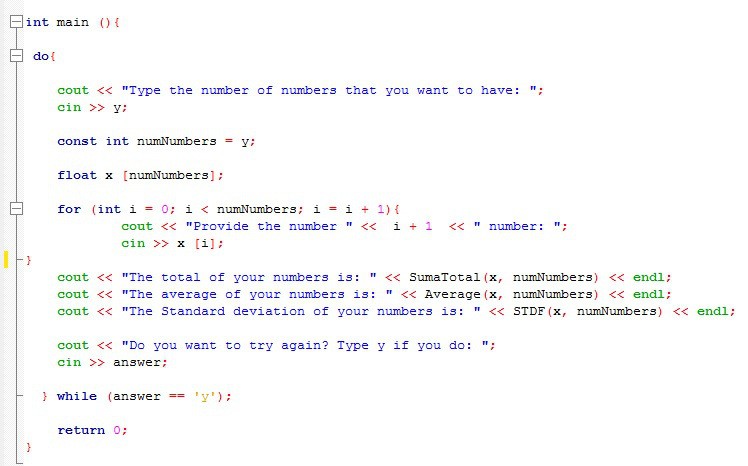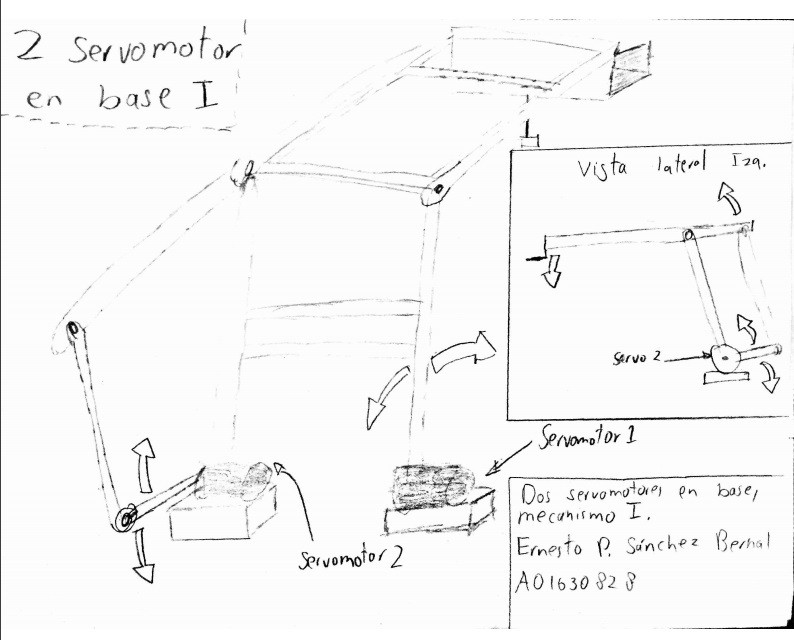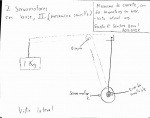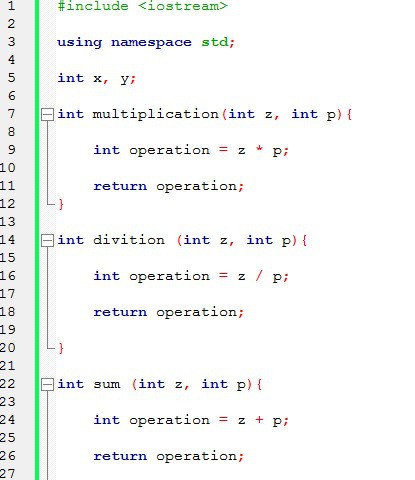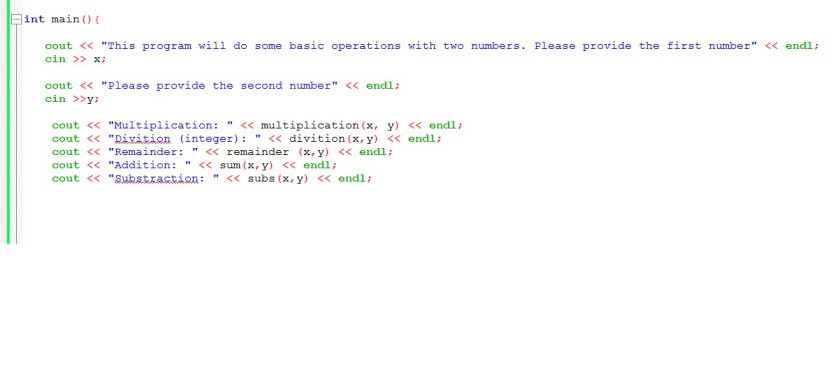Que tal, después de dos días sin dormir conseguí terminar la tarea. Enserio q me costo mucho explicarlo pero lo hice lo mas claro posible que pude. Espero les ayude. Esta es las versión 1.0, aunque funciona como me la pidieron. Se agradecen sus comentarios 🙂
Les recomiendo usar audífonos para que escuchen mejor.
El vídeo esta muy largo pero aquí les dejo el código completo (no se olviden de citar si lo quieren utilizar 😉
#include <iostream>
using namespace std;
int reverse(long num){
long numRev=0;
long sum;
int cont=-1;
do{
sum=num;
numRev=0;
while (num!=0){
numRev= numRev*10+(num%10);
num=num/10;
}
cont++;
num=numRev+sum;
}
while(sum!=numRev && cont!=30);
return cont;
}
int main (){
int uBound, lBound, palandrome, vPalandrome=0, vNonLycherels=0, vLycherels=0;
cout << “Give The lower bound of the sequencen”;
cin >> lBound;
cout << “Give The upper bound of the sequencen”;
cin >> uBound;
for(int z=lBound; z<uBound+1; z++){
reverse(z);
palandrome=reverse(z);
if(palandrome==0){
vPalandrome++;
}
else if (palandrome<30){
vNonLycherels++;
}
else if (palandrome==30){
vLycherels++;
}
}
cout <<“Palandrome”<< vPalandrome <<endl;
cout <<“Non-Lycherels”<< vNonLycherels <<endl;
cout <<“Lycherels”<< vLycherels <<endl;
return 0;
}


